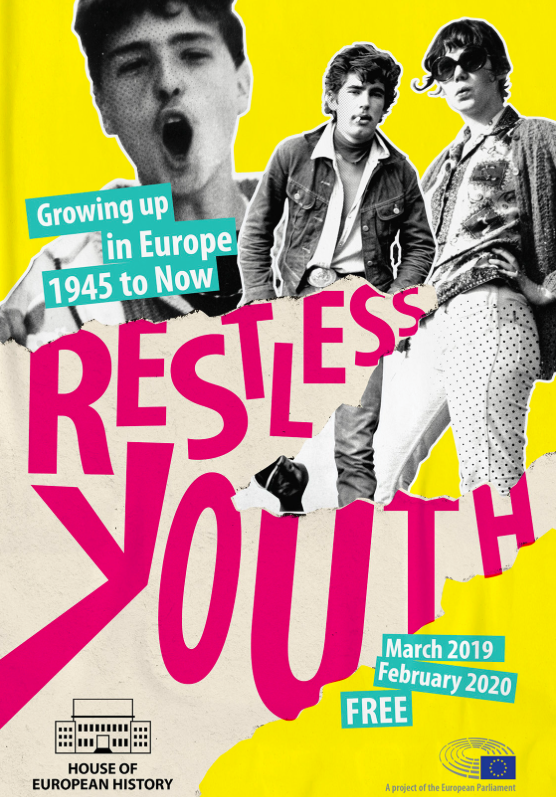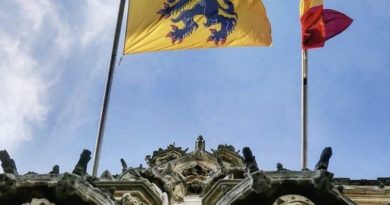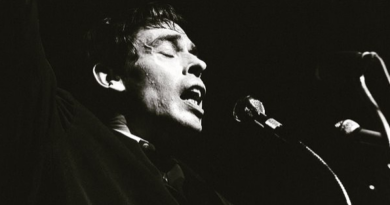Restless Youth: Growing up in Europe from 1945 until today
On 1 March 2019, the House of European History will open its second temporary exhibition entitled “Restless Youth: Growing up in Europe, 1945 to Now”. It will run until the end of February 2020.
The exhibition will explore the defining experiences of youth, from education, employment and forging an identity, to becoming politically active and falling in love. To do this, the exhibition looks at four generations of young people who came of age at key moments in the European story: the late 1940s, the 1960s, the 1980s and the 2000s.
As for the history of childhood after the 1960s, the history of youth has now become the focus of research and increasing interest. Now, youth is seen as an important cohort, all the more so because recent developments, including the 50th anniversary of 1968, have proved that the combination of youth and protest has universal appeal.

The hands-on exhibition will show visitors that the history of young people since the 1940s in Europe is one of transnational connections, agitation for social change and greater individual freedom – as well as the pursuit of material improvement and open cultural expression.
These same forces have also shaped the European project, so the condition of young people as a group came to be seen as a ‘bellwether’ for the state of the continent. In the wake of the economic crisis, the impact of unemployment and emigration on young people symbolised the severity of the situation. Public debate even referred to the emergence of a ‘lost generation’ of young Europeans.
“Restless Youth” will take a transnational perspective to explore how, during the past 70 years, young people have gone from being a group to whom history happened to a group that makes history.
The House of European History, located in the Parc Léopold at the heart of the European Quarter, opened to the public in May 2017. The museum is unique in that it takes a transnational, European approach to the history of the continent. By raising awareness about the multiplicity of perspectives and interpretations of the past, it aims to encourage the exchange of ideas, question assumptions, and thus to enhance understanding of European history. The museum is open every day, admission is free and its permanent exhibition is available in the 24 languages of the EU.



